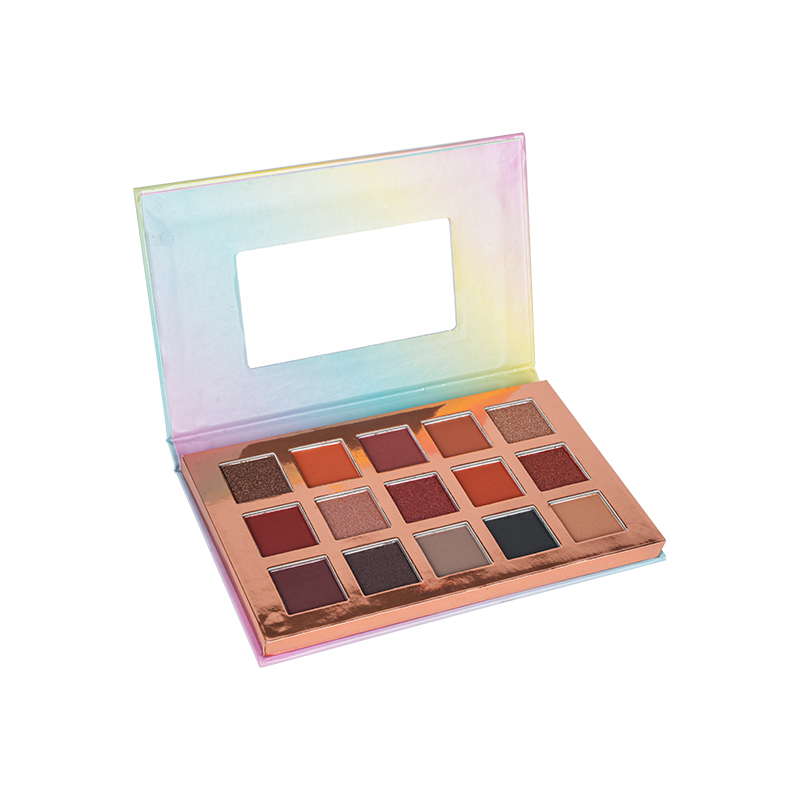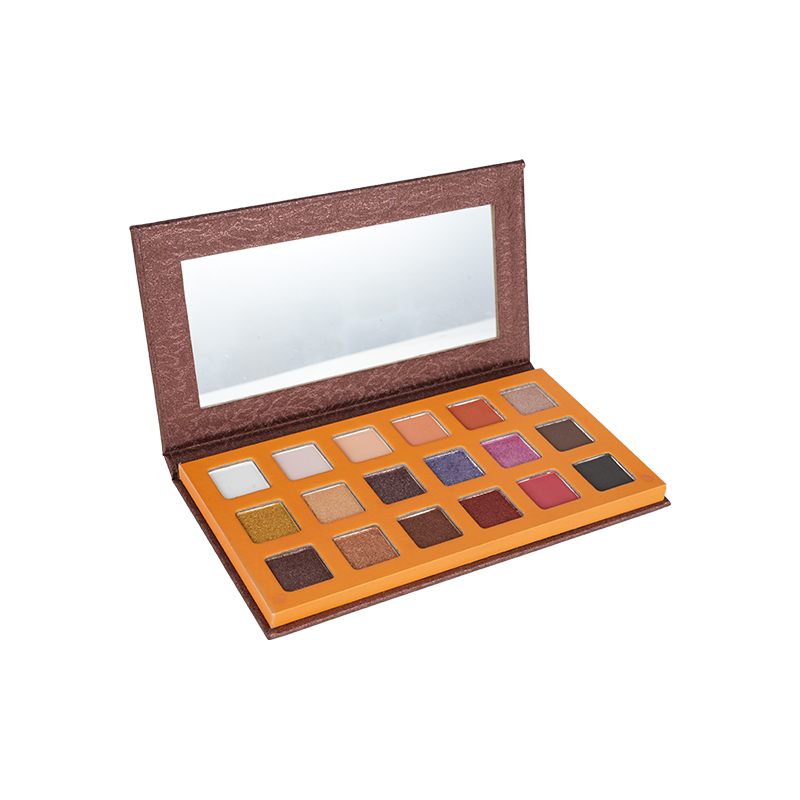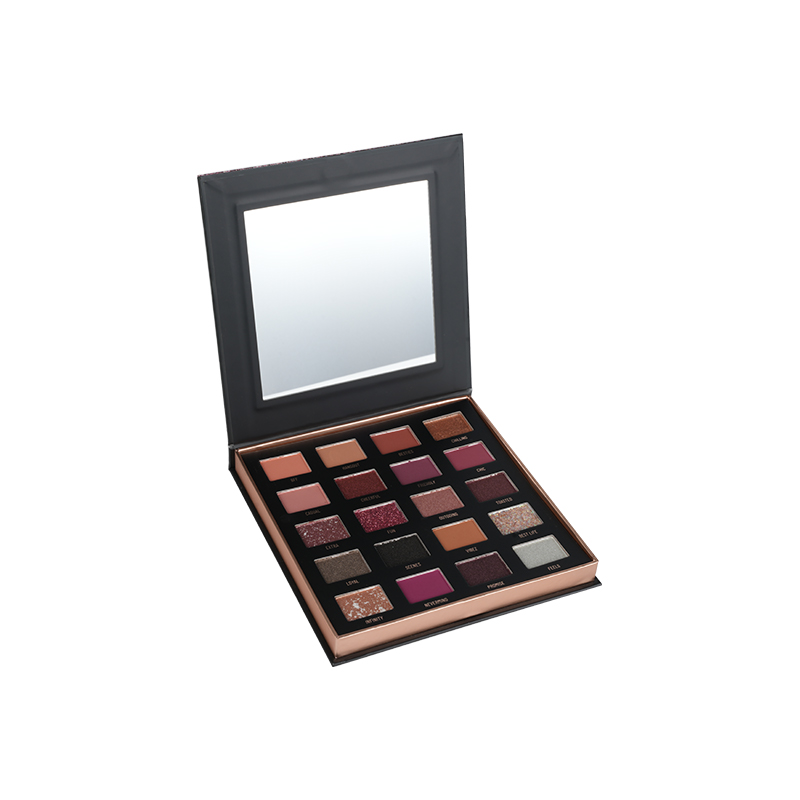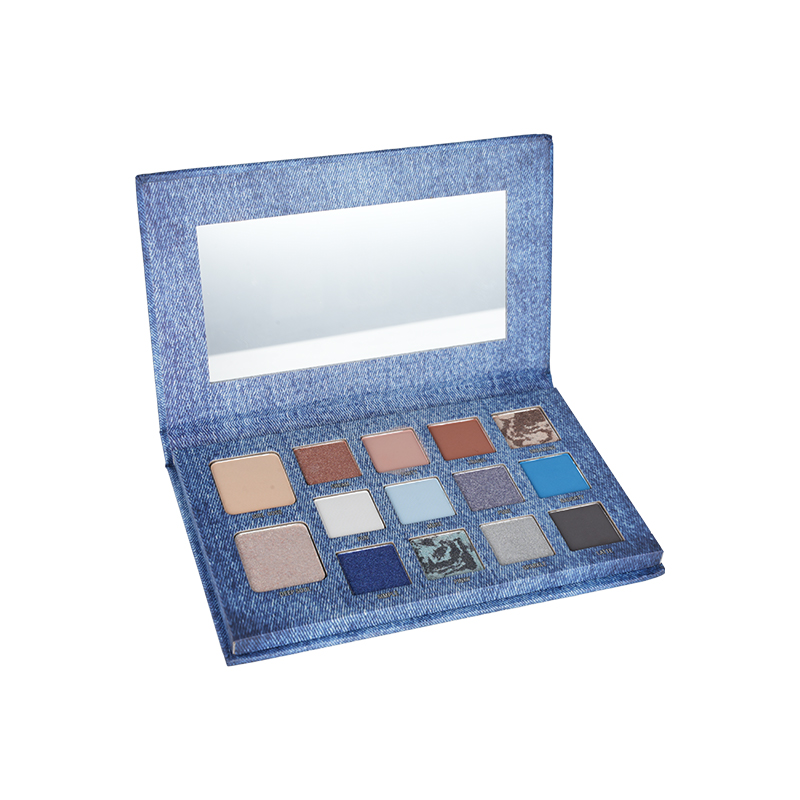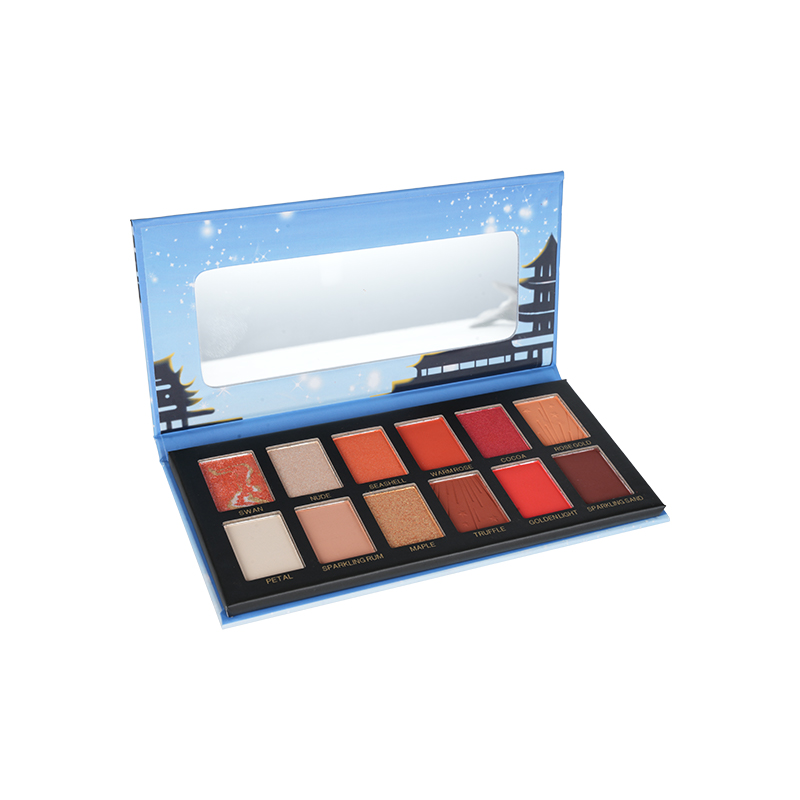In an era where fashion and environmental protection go hand in hand, a new-generation cosmetics factory is leading a new trend in the beauty industry with innovative ideas and green production methods.
This factory provides personalized and customized cosmetic products with unique designs and quality craftsmanship. From material selection to production, they uphold strict quality standards and environmental protection concepts and are committed to creating high-quality, green, and sustainable beauty products.
Not only that, the factory also focuses on technological innovation and investment in research and development, constantly launching new products that meet market demand, bringing consumers more choices and surprises.
This cosmetic factory is not just a product supplier, but also a messenger of beauty and environmental protection, setting a new benchmark for the industry and leading the beauty industry towards a green and sustainable future.
Color cosmetics have been an integral part of human culture for thousands of years, with evidence of their use dating back to ancient civilizations. The desire to enhance one's appearance through the application of color is deeply rooted in our history, and the evolution of these products reflects the changing social norms and technological advancements of the times.
Ancient Beginnings
The earliest known use of color cosmetics can be traced back to ancient Egypt, where both men and women used makeup for religious, medicinal, and aesthetic purposes. The Egyptians used kohl, a black powder made from soot and oil, to line their eyes, which they believed protected them from the sun's glare and the evil eye. They also used malachite, a green mineral, to create eyeshadow, and red ochre for rouge.
In ancient Greece, cosmetics were used primarily by women, and the use of makeup was often associated with high social status. The Greeks used a variety of pigments, including red from cinnabar and white from lead, to create their cosmetics.
The Romans also embraced the use of cosmetics, with the wealthy often using them to excess. They used a wide range of colors, including red from cinnabar and white from chalk, to create their makeup.
The Middle Ages and Beyond
During the Middle Ages, the use of cosmetics declined in Europe due to religious disapproval. However, in the East, particularly in China and Japan, the use of makeup continued to flourish. In China, the use of rice powder to create a pale complexion was popular, while in Japan, women used a white paste called "ohaguro" to achieve a similar effect.
The Renaissance saw a resurgence in the use of cosmetics in Europe, with the wealthy once again using makeup to display their status. The use of cosmetics became more widespread during the 18th and 19th centuries, with the development of new pigments and the rise of the cosmetics industry.
The 20th century saw a significant expansion in the cosmetics industry, with the introduction of new products and technologies. The invention of the compact, for example, made it easier for women to carry and apply makeup on the go. The rise of the film industry also played a role in shaping the use of cosmetics, with makeup artists developing new techniques and products to enhance the appearance of actors on screen.
The latter half of the 20th century saw the rise of the beauty counter, where women could go to have their makeup professionally applied and receive advice on the latest products. The development of the internet and social media in the 21st century has further transformed the cosmetics industry, with influencers and makeup artists sharing their expertise and trends with a global audience.
---
Skin Tone Adjusting Color Makeups
Skin tone adjusting color makeups are a category of cosmetics designed to correct, enhance, and even out the skin's appearance. These products have become increasingly popular in recent years, as they offer a versatile solution for addressing a variety of skin concerns and achieving a more balanced complexion.
Understanding Skin Tones
Before diving into the world of skin tone adjusting makeups, it's important to understand the concept of skin tones. Skin tone is determined by the amount and distribution of melanin in the skin, which can vary greatly from person to person. Skin tones can be broadly categorized into cool, warm, and neutral, with each category having its own unique undertones.
The Purpose of Skin Tone Adjusting Makeups
Skin tone adjusting makeups serve several purposes:
1. Color Correction: These products are designed to neutralize discoloration, such as redness, sallowness, or dark spots, by using complementary colors. For example, green can neutralize redness, while yellow can counteract sallowness.
2. Enhancement: They can also be used to enhance certain features or areas of the face, such as brightening the under-eye area or adding warmth to the cheeks.

 SEARCH
SEARCH

 English
English Español
Español Português
Português

